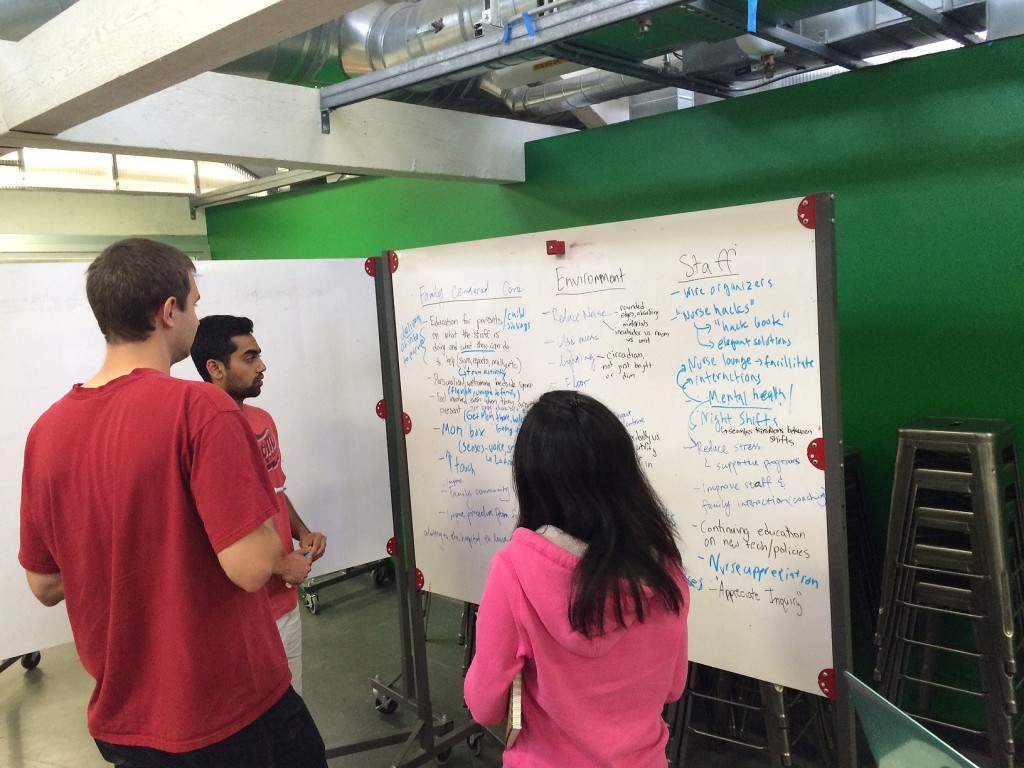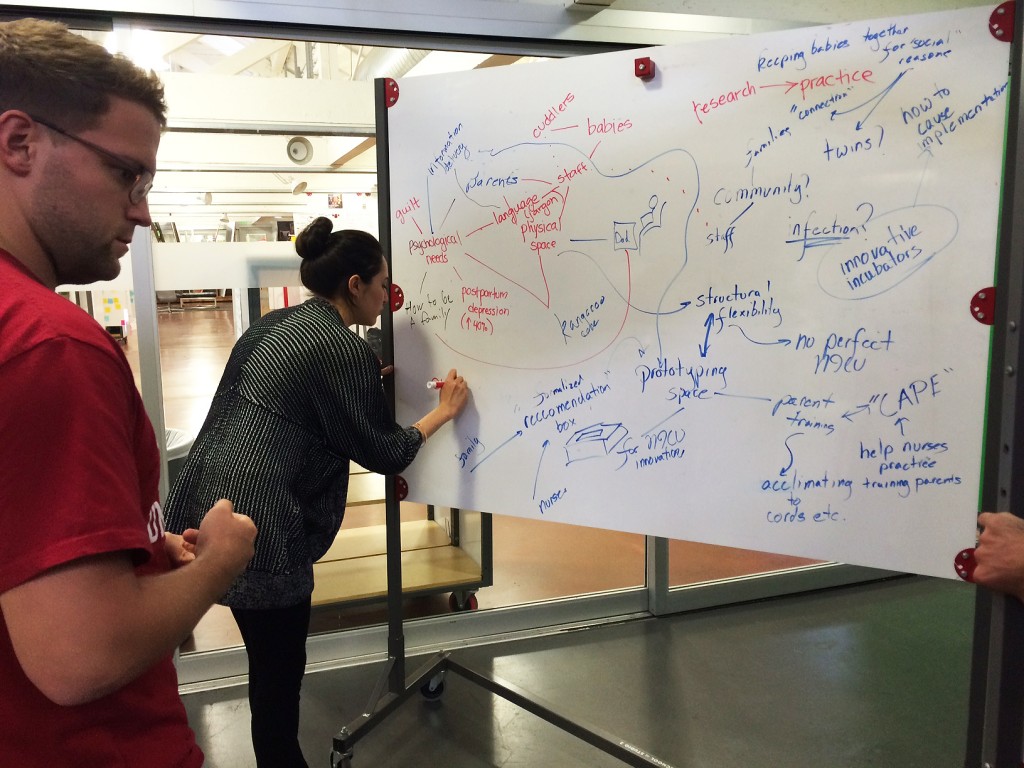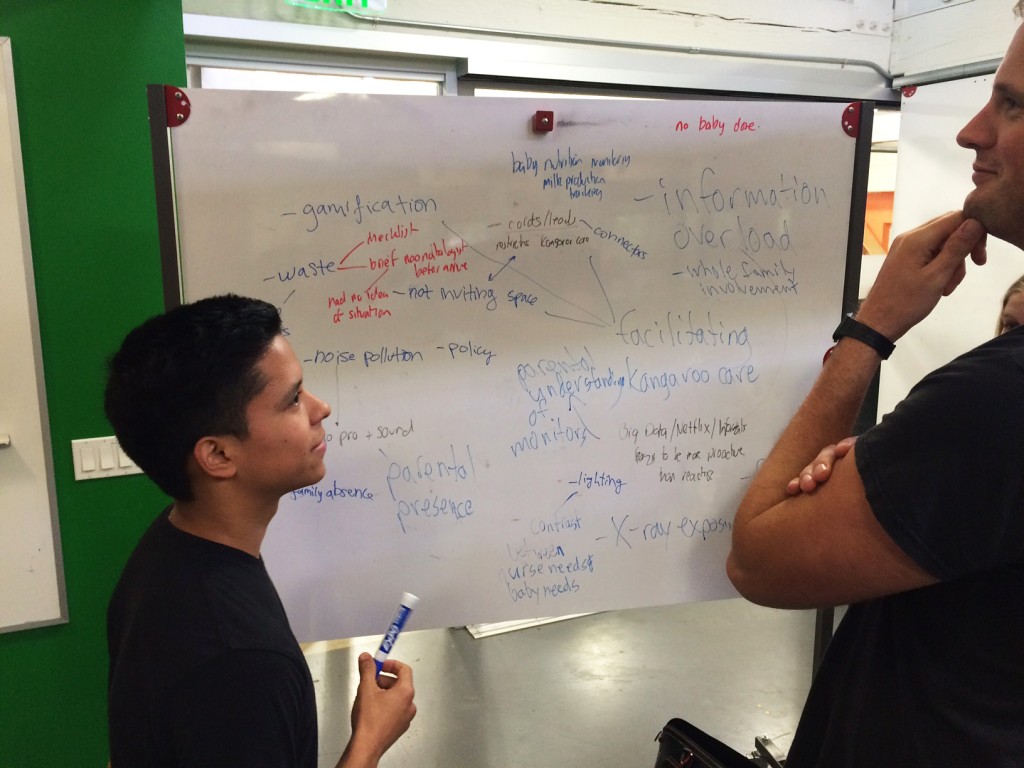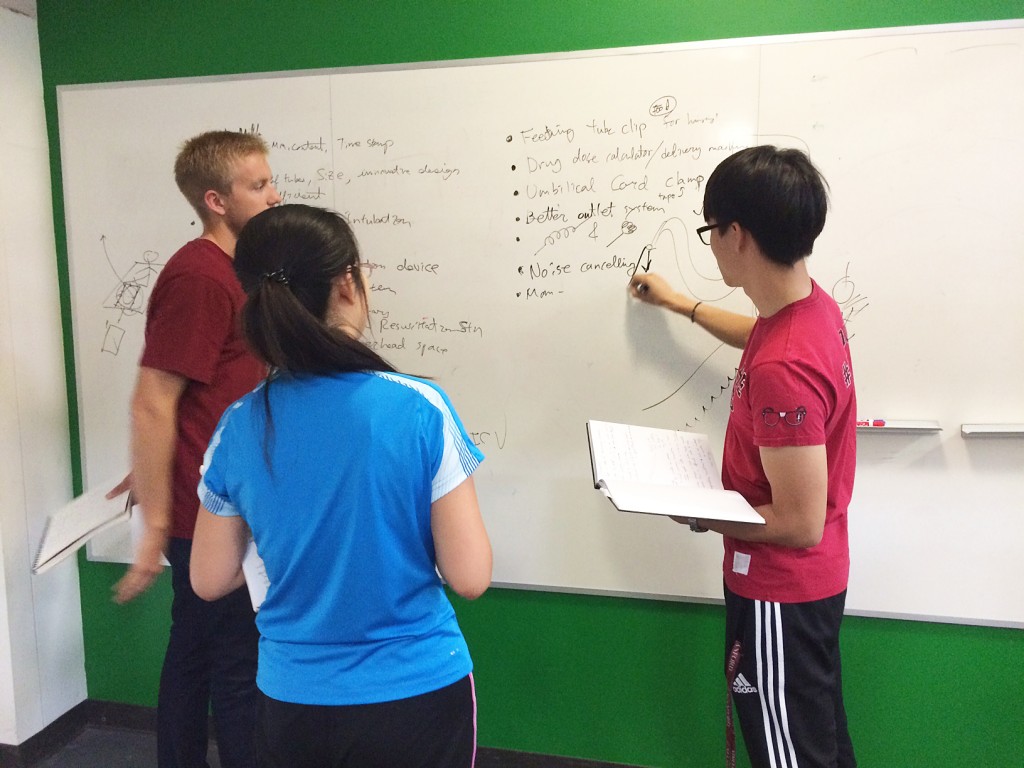This past Tuesday we had the opportunity to meet Mardelle Shepley via Skype. Mardelle McCuskey Shepley, B.A., M.Arch., M.A. (psychology), D.Arch., FAIA, FACHA, EDAC, LEED AP BD+C, is a professor and director of the Center for Health Systems & Design at Texas A&M University. A registered architect with 25-years of experience in professional practice, she is founder of ART+Science, a design research consulting firm. She has recently accepted a new appointment at Cornell University after many years at Texas A&M. Congrats Mardelle! Mardelle is also the author of Design for Pediatric and Neonatal Critical Care, the first book of its kind dedicated to addressing NICU design. This book was published earlier this year. You can see my review of the book here. Shepley focused her talk on the definition and history of NICUs. Since neonatology only became an official subspecialty in 1975, protocols and universal precautions were not commonly practiced until fairly recently. In the “pre-NICU” environment, each infant was in an individual water-jacketed heated bed in which the temperature could be modulated. It made me think about the waterbed my parents had growing up and how they could heat it to the temperature they preferred for sleeping. The buoyancy of a water mattress for a pre-term baby seems like it would be comfortable for their tiny bodies. 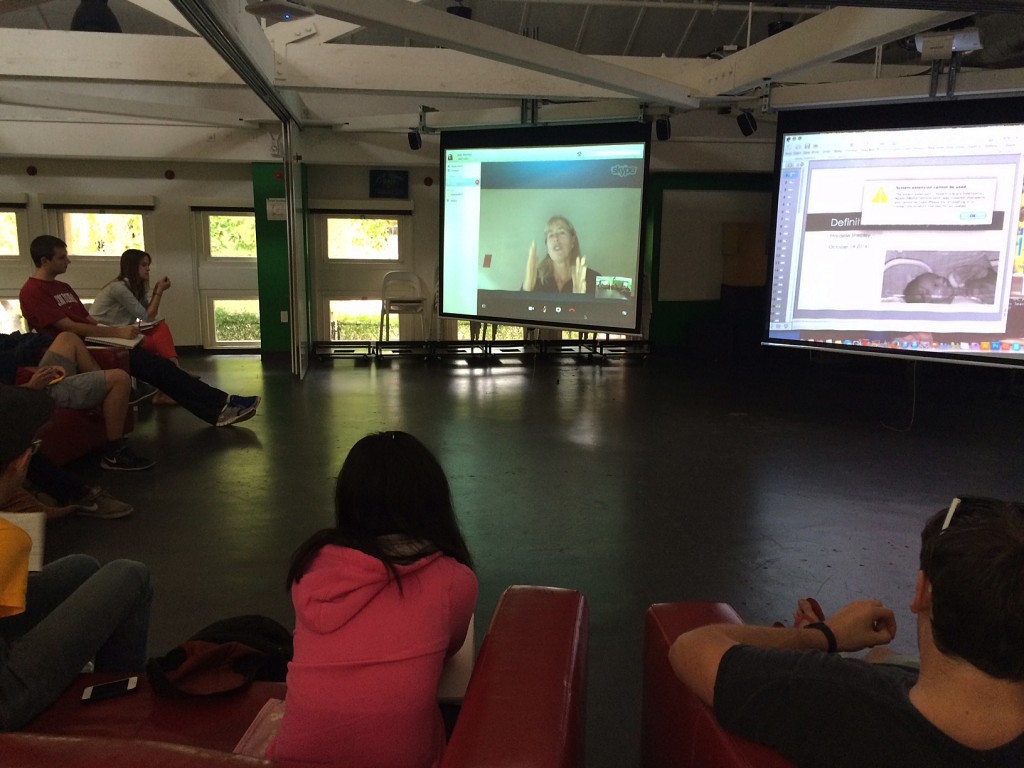
Mardelle discussed several NICU configurations that are commonly used. The pinwheel layout for open bay design, and neighborhood layout for SFR design was most intriguing to me in terms of designing for privacy, positive social interaction and community.
 Maryam asked an interesting question regarding how we could optimize NICU design for varying ethnic or religious groups. I recently read an article about the Albany Medical Center’s NICU that installed a $200,000 kitchen for use by families who have babies in their NICU. This makes a lot of sense and seems like a great investment. Often, the food offered in a hospital cafeteria does not meet religious health/allergy requirements, nor does it give us the comfort we often look for in food. By giving families the opportunity to cook their own meals at an onsite kitchen, not only do you help make the environment more friendly to various ethnicities/religious backgrounds etc., you offer a place to socialize with other families while cooking, and create meals that “nourish” on different levels.
Maryam asked an interesting question regarding how we could optimize NICU design for varying ethnic or religious groups. I recently read an article about the Albany Medical Center’s NICU that installed a $200,000 kitchen for use by families who have babies in their NICU. This makes a lot of sense and seems like a great investment. Often, the food offered in a hospital cafeteria does not meet religious health/allergy requirements, nor does it give us the comfort we often look for in food. By giving families the opportunity to cook their own meals at an onsite kitchen, not only do you help make the environment more friendly to various ethnicities/religious backgrounds etc., you offer a place to socialize with other families while cooking, and create meals that “nourish” on different levels.
Finally, we ended the class with an impromtu brainstorming session where we split into 6 groups of 3 and discussed the various needs we saw emerging from our research thus far. At the end of 15 minutes we had a lot of filled white boards and each group had their “top three” need areas they thought would be actionable through design. Here are some ideas from those presentations that stood out for me.
•A way to time stamp breast milk with not only the date, but the time of day, so we can give babies breast milk that corresponds to the appropriate time of day (either from mom or donor milk). Why is this important? Because there are studies that prove breast milk has varying levels of melatonin and stress hormones like cortisol depending on the time day and could help or hinder setting the circadian rhythms of the preterm baby.
•Simulation Training for parents and older siblings for teaching how to care for their preterm infant.
•Ways to more easily facilitate Kangaroo Care.
•Increasing parent presence.
•How to address PTSD for moms and dads with babies in the NICU.
•“Maker Nurse” Cataloging nurse work-arounds in a more formal way to share with other hospitals. Often nurses hack together solutions that are less expensive than buying a new product and it works just as well.
•Creating sensory experiences that offer benefits of closeness when closeness is not possible. (ex.: lotion for baby that contains mom’s microbiome)
•Transition to home programs and care. How can we take some of the NICU out of the NICU and bring it into the home? Too many premature babies for available beds in this country.
• “COP” Cord Organization Protocol
• Rethinking “healthcare language” and how this affects families.
I love these ideas. Good work! I can’t wait to learn more tomorrow from our panel of parents who had children in the NICU.

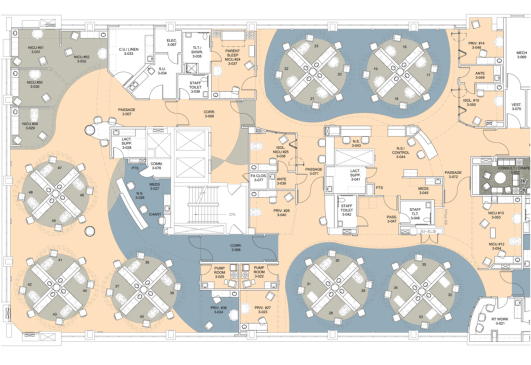 :
: